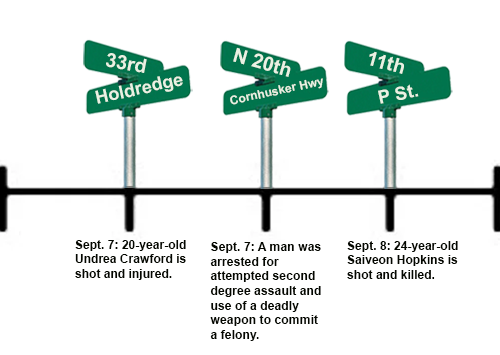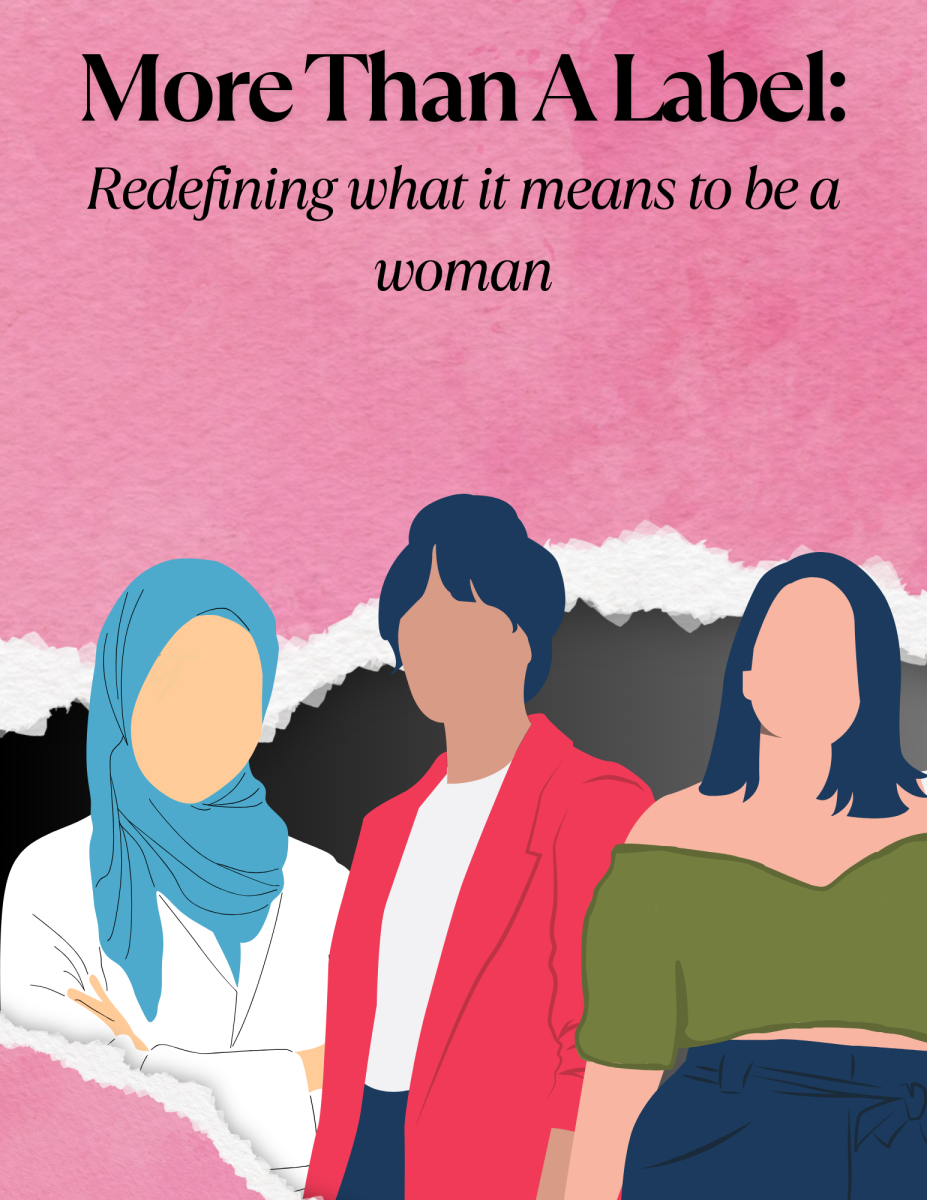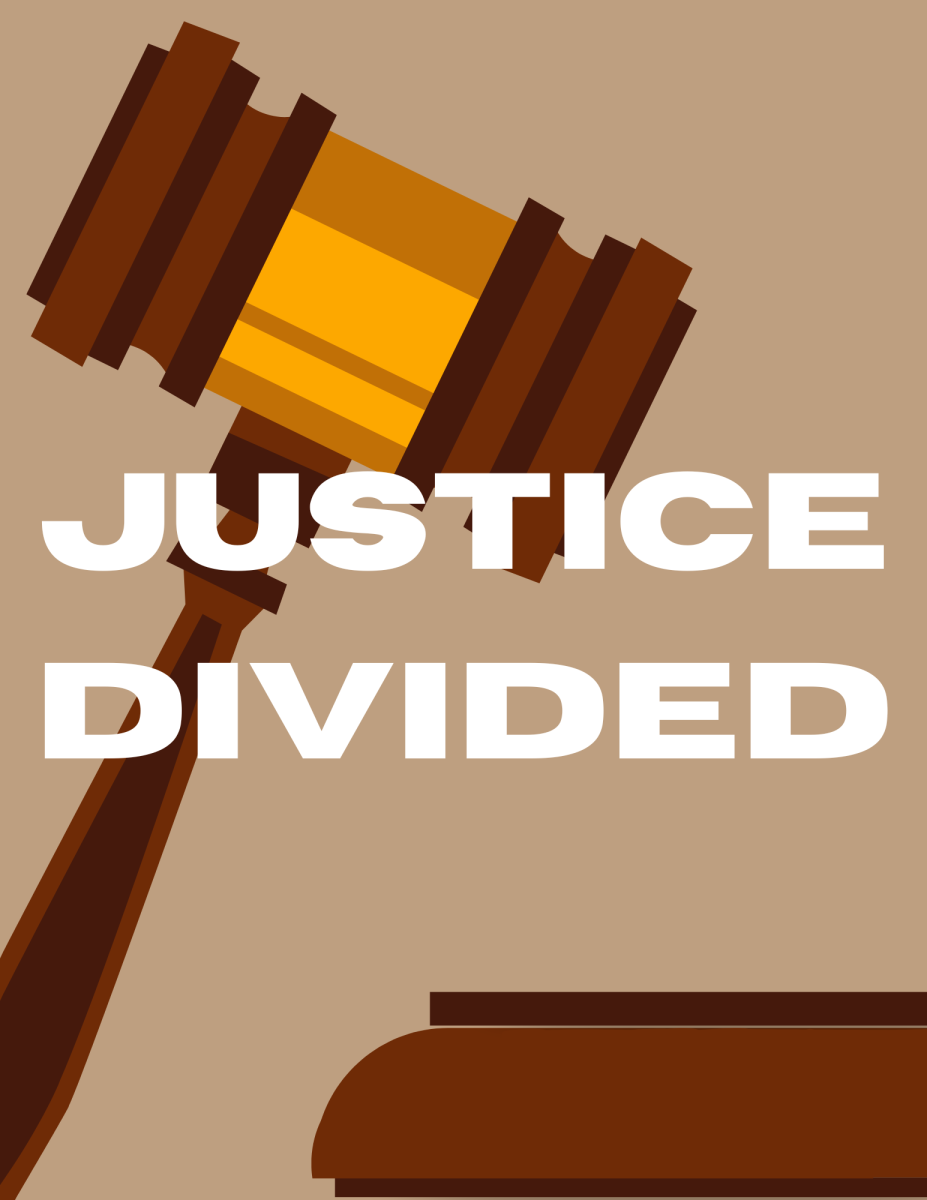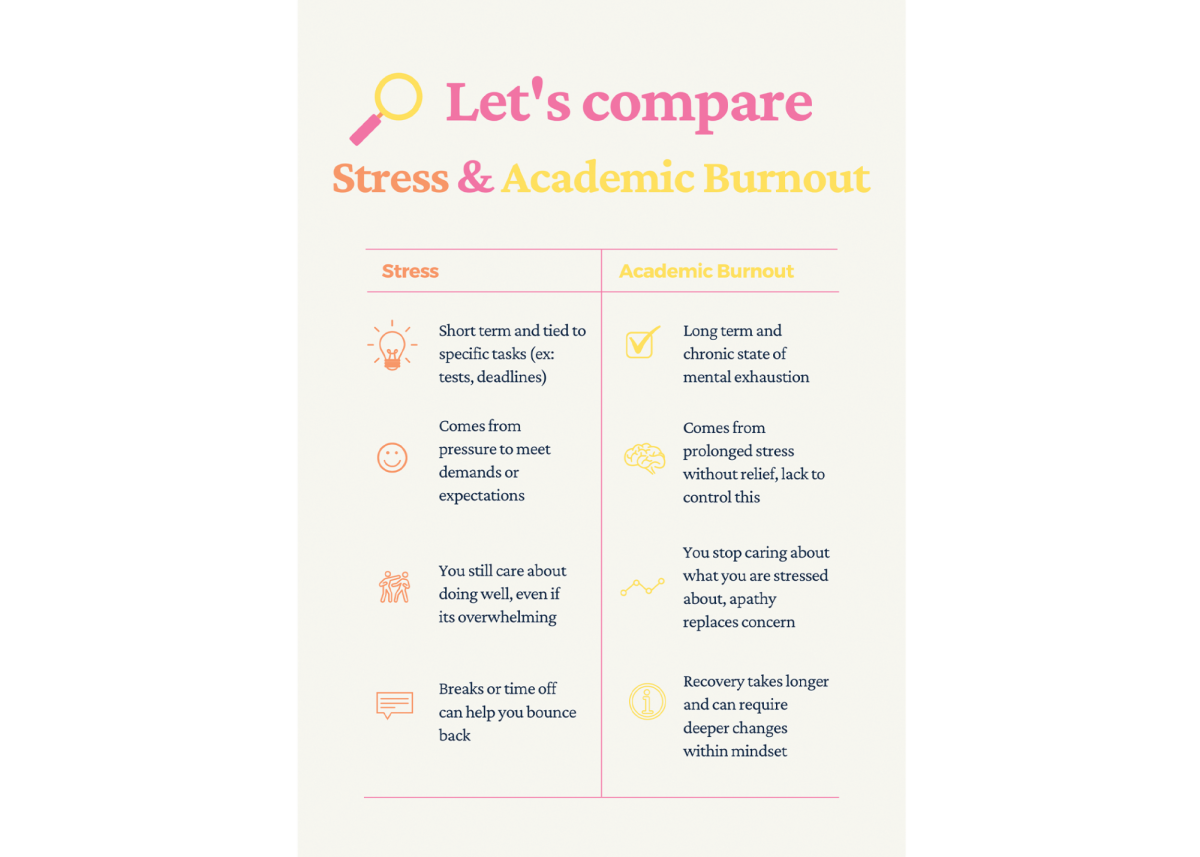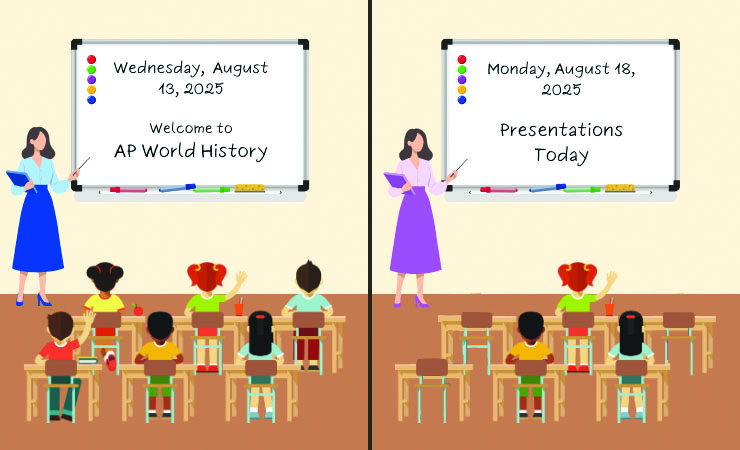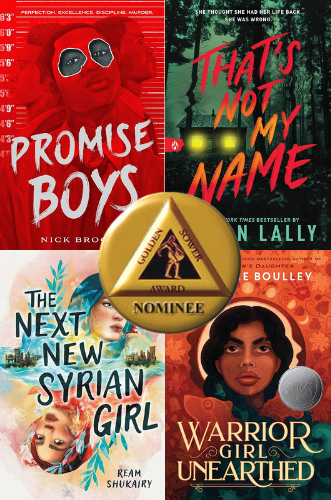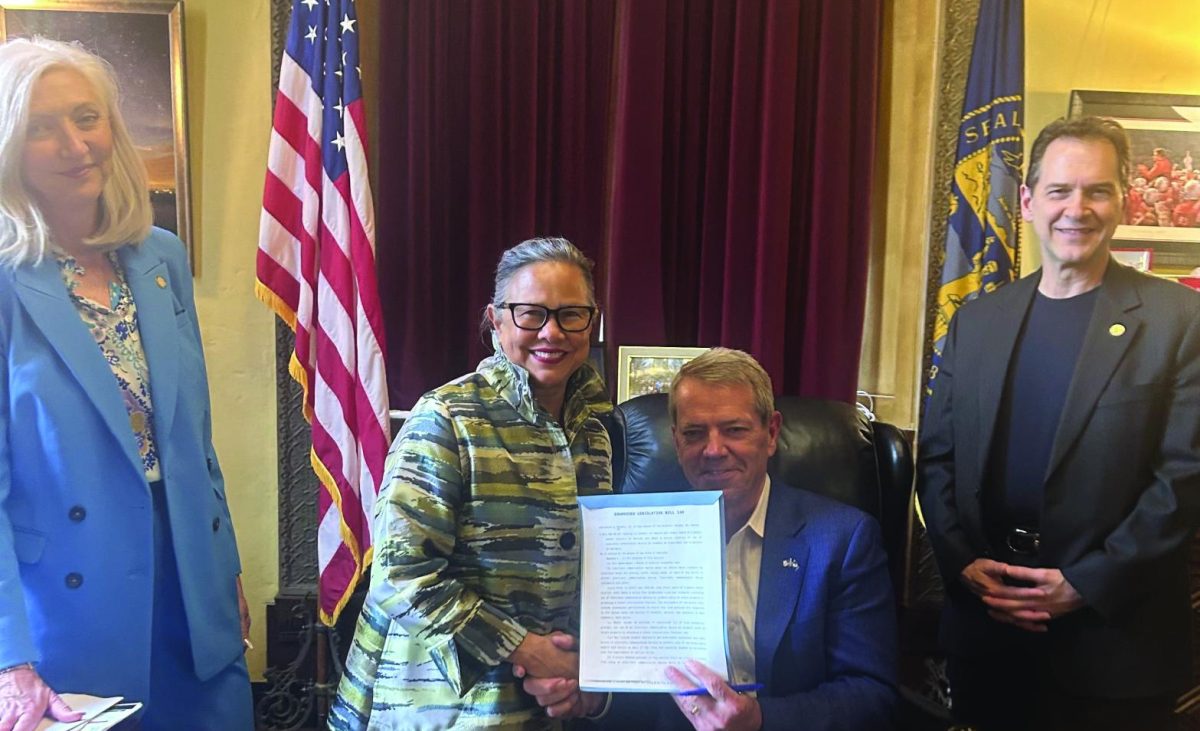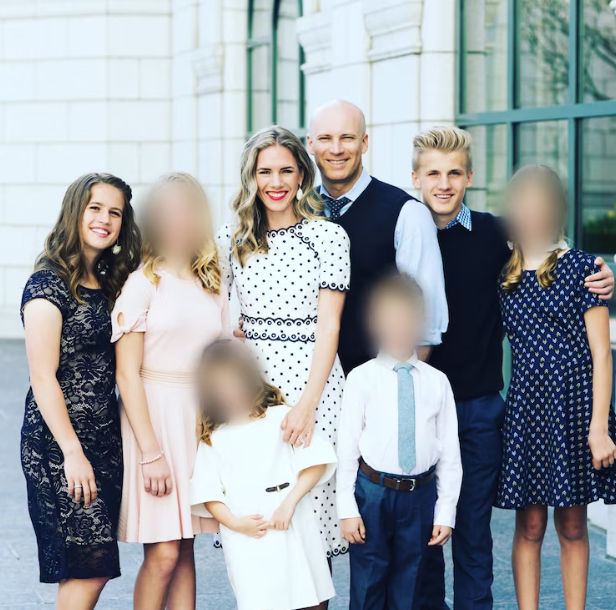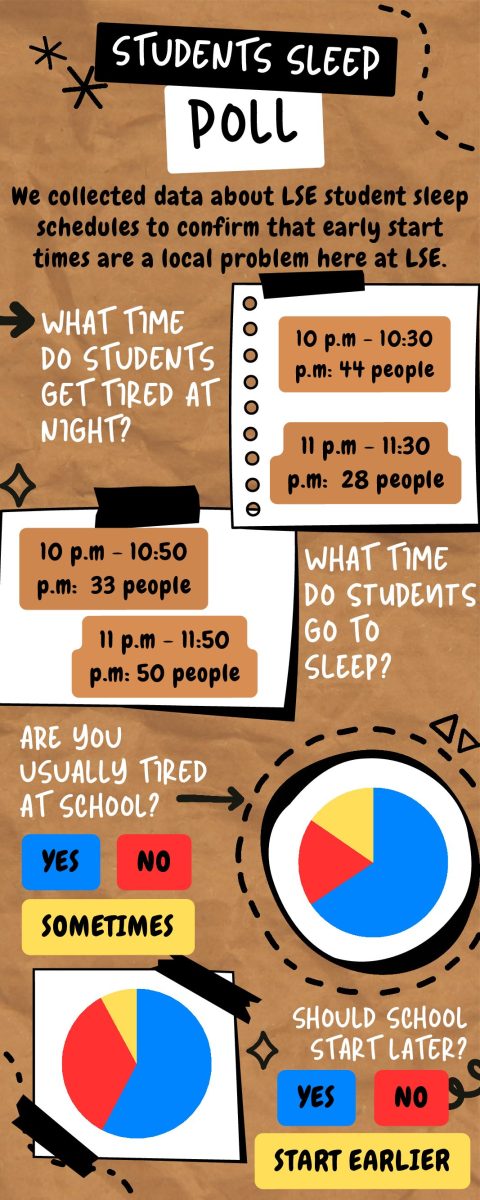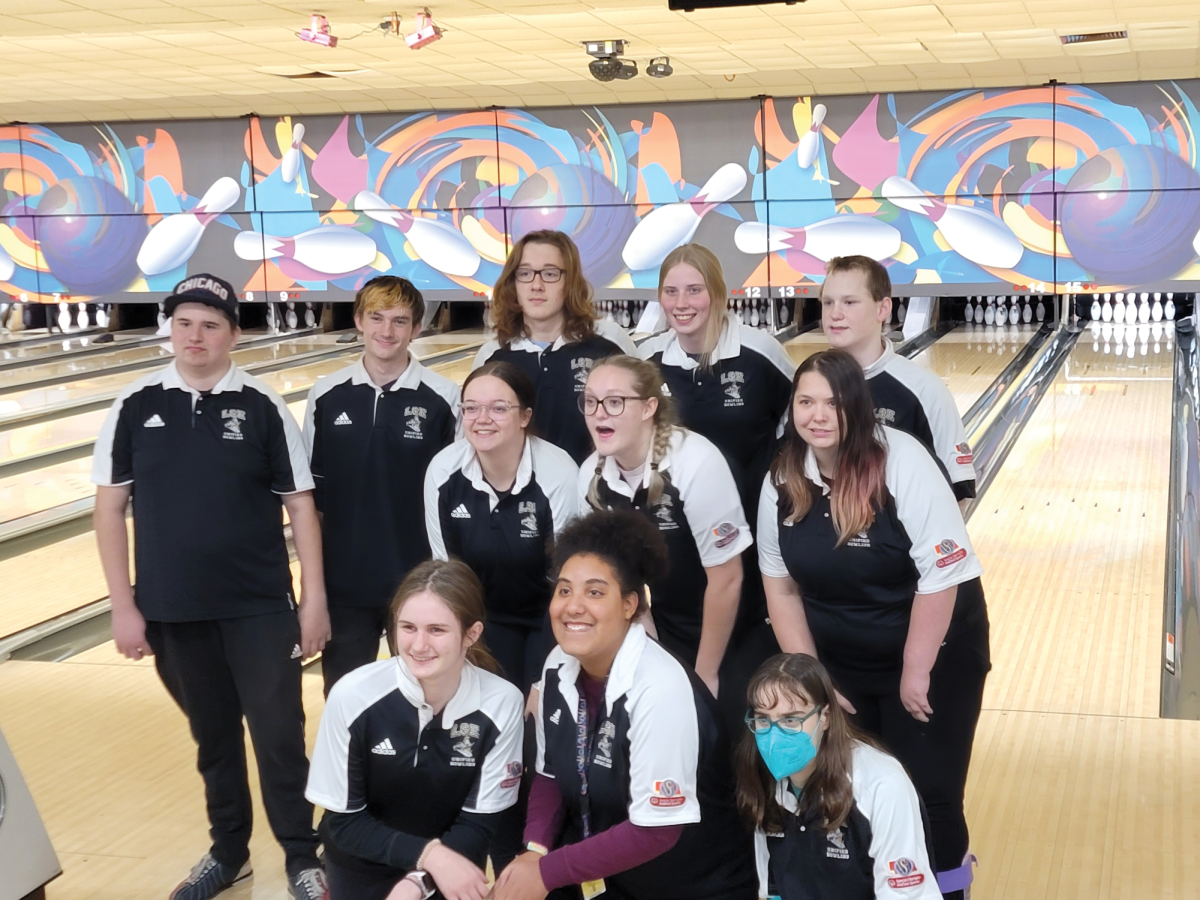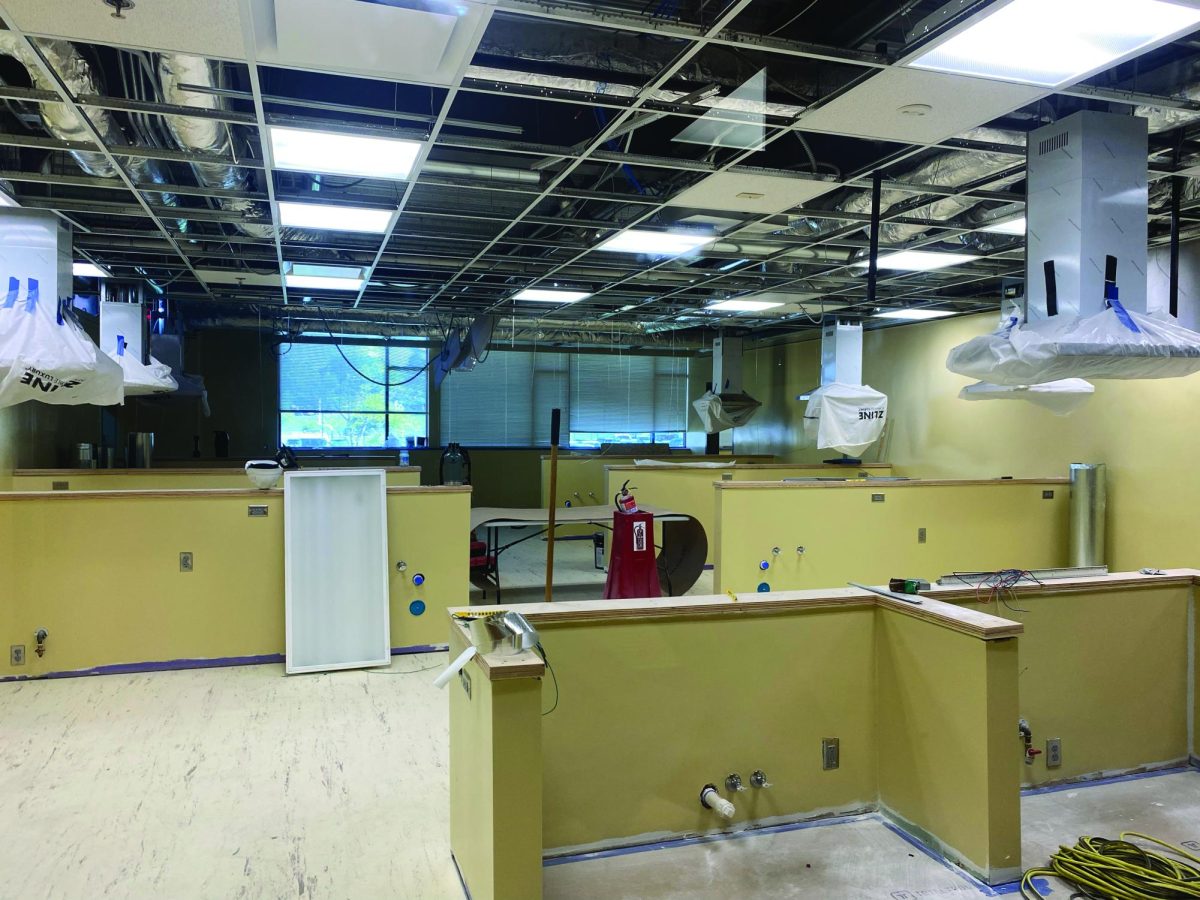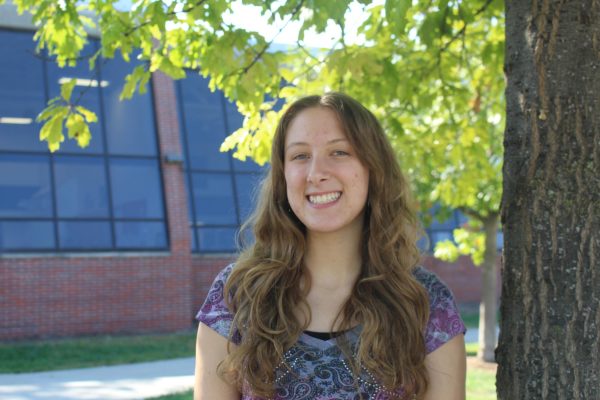A teenage girl stands near the doors inside the building where everything is calm. She is feeling giddy with her friend after enjoying a concert in downtown Lincoln. Moments later, it all changes. People begin to rush back in through the doors, their faces distraught with fear. Panic takes over inside the building as people scream and push to get as far back from the doors as possible. That’s when she hears it; gunshots.
In her high heels, she runs and ducks as much as she can. She falls and her shoe breaks as people stampede over her, trying to get to safety. Her friend helps her back up and pulls her along. As the shots echo, she keeps thinking that the shooter is right behind her. She is filled with terror while the security guards try to push everyone back out the doors. The guards are clueless as to what is going on. All she wants to do is sit down. Finally, she finds cover under a table with about seven other girls. She lets go and starts to sob.
On Sept. 5, a LSE sophomore, who wishes to remain anonymous due to the trauma brought on by the event, was an attendant of the Sexyy Red concert at Pinnacle Bank Arena. Following the concert, a 19-year-old from Omaha was shot and injured. This shooting has put people on edge and has made the anonymous source feel much less safe in Lincoln.
“Whenever I’m in [a] loud space now and there’s just any loud sound, I’m like, ‘oh my god, get down’.”
One day she was walking home from school and heard a popping noise coming from a passing car. She instantly ducked by sheer reflex.
She feels less safe out in public and even at school, especially due to the prevalence of school shootings near Lincoln. She now thinks about shootings every day – something she never did prior to the concert.
For other LSE students, shootings have been a big concern as well. To many, school shootings seem to be getting closer and closer to home.
On Tuesday, Sept. 10, at Omaha Northwest High School, 15-year-old Jamorion Fant was shot by another student and was hospitalized in critical condition as a result. Days before that, LSE students and staff were on edge about a school shooting in Georgia, where on Sept. 4, at Apalachee High School, four people were killed by a fellow student.
Not only have school shootings been a major topic of discussion, but shootings that occur in public around Lincoln have also been a concern.
On Sept. 7, 20-year-old Undrea Crawford was shot and injured with a rifle at 33rd and Holdredge. Also on Sept. 7, a man was arrested near N. 20th Street and Cornhusker Highway for attempted second degree assault and use of a deadly weapon to commit a felony, as well as two other charges. On Sept. 8, 24-year-old Saiveon Hopkins was shot and killed near 11th and P street. Another man was injured during the shooting but survived with non-life threatening injuries.
With the panic these shootings have incited in Lincoln residents, it may seem like gun violence may be on the rise in this area. However, according to LPS Director of Security Joseph Wright, this is not the case.
“Actually violent crime is down,” Wright said. “But there’s so much more talk about gun violence and gun violence at schools. When there is a rare school shooting, they play it on the news so much and for so long and it causes so much of a debate.”
Wright sees this coverage as an opportunity to have productive conversations about gun violence. “We need to talk about it if we’re going to solve problems.”
In terms of weapon offenses, the Lincoln Police Department’s City Stats prove Wright’s statement to be true. Weapon offenses have decreased by 12% from from 2023 to 2024. Within LPS, arrests of minors have also been low.
“With 42,000 students, we arrested two kids last year. That’s probably lower than any school district in the nation and we’re really proud of that,” Wright said .
According to Wright, this success can be partially attributed to the 300% increase in reporting of concerns in LPS over the past year. LPS is really trying to get students to report safety concerns, rather than spread them on social media.
“[Social media] amplifies the concerns that interfere with our well-being. People want to be at school and they want to know they are safe . . . it’s not what kids should have to deal with,” Wright said. “If we aren’t careful, [social media] can harm our educational mission. We need to do everything we can to not repost and not throw out weird warnings to mass people about things that you aren’t sure about.”
While LPS tries to lessen the amount of threats spread on social media, they can’t completely stop it. To help increase student safety, LPS’s Threat Assessment Team, which Wright is a part of, depends on students to report things of concern. Wright believes that students shouldn’t only report blatant threats but should also look out for differences in their peers.
“They should report, I think, more things than just what are the obvious. So the obvious is, if someone is making threats – ‘I’m going to hurt someone or I’m going to come to school tomorrow and hurt people because I’m very angry’. More so, you know, maybe a student feels sad and there’s no hope left, maybe they used to really like to be involved in things and now they aren’t involved in things. Not just the black and white, ‘I think something’s dangerous’.”
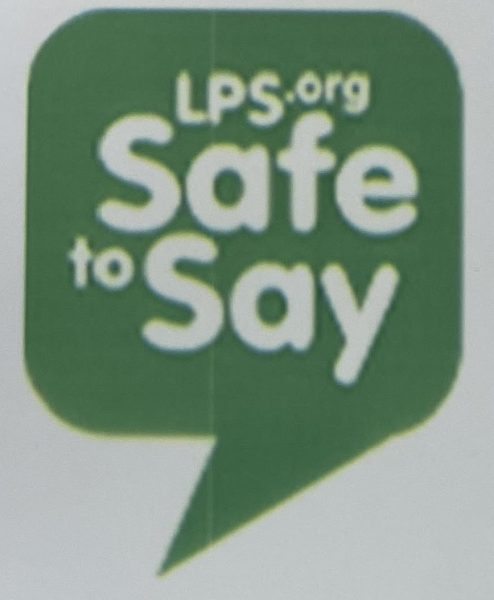
Wright’s most recommended way to report a concern is by telling a trusted adult. This can be a coach, teacher, counselor, activities director, social worker, the SRO or any LSE staff member. Students can also access Safe to Say on their portal or through the QR code on the back of all student IDs and can call the 988 line for mental health emergencies.
As Wright and his Threat Assessment Team take steps towards increasing student safety, they wish for students to know that they are protected and that they can take control of keeping themselves safe.
“I just hope that people know that we want students and staff to reach out to us. I want students to know people at their school that they trust but also if they feel they aren’t getting the resources they need, you can get on Safe to Say just to say, ‘I’m not aware of anything unsafe but here’s what makes me feel uncomfortable’ or ‘I wish I had X, Y, or Z’ because we listen to that. You’re the people we serve. I work for you. You’re my boss and you need to tell me what I need to do.”

